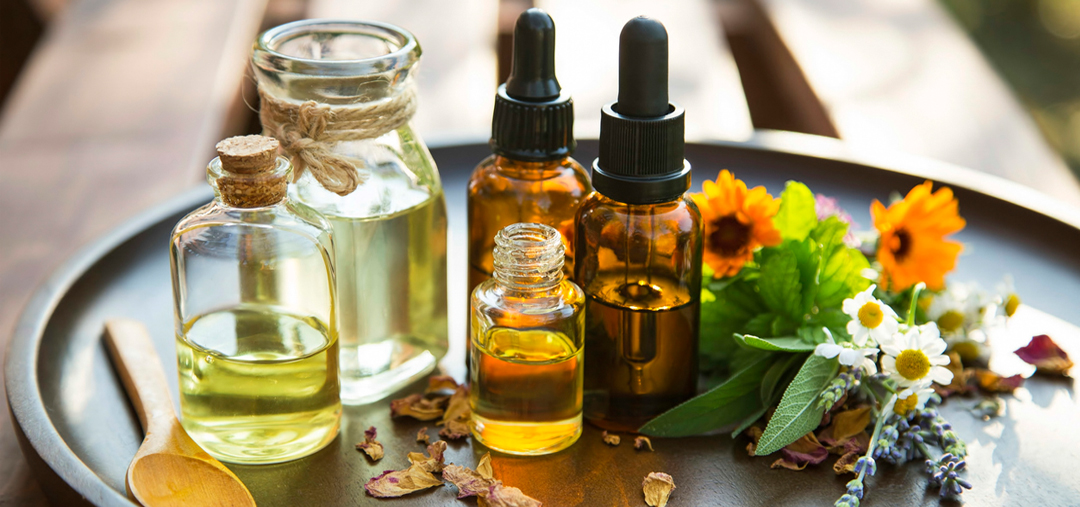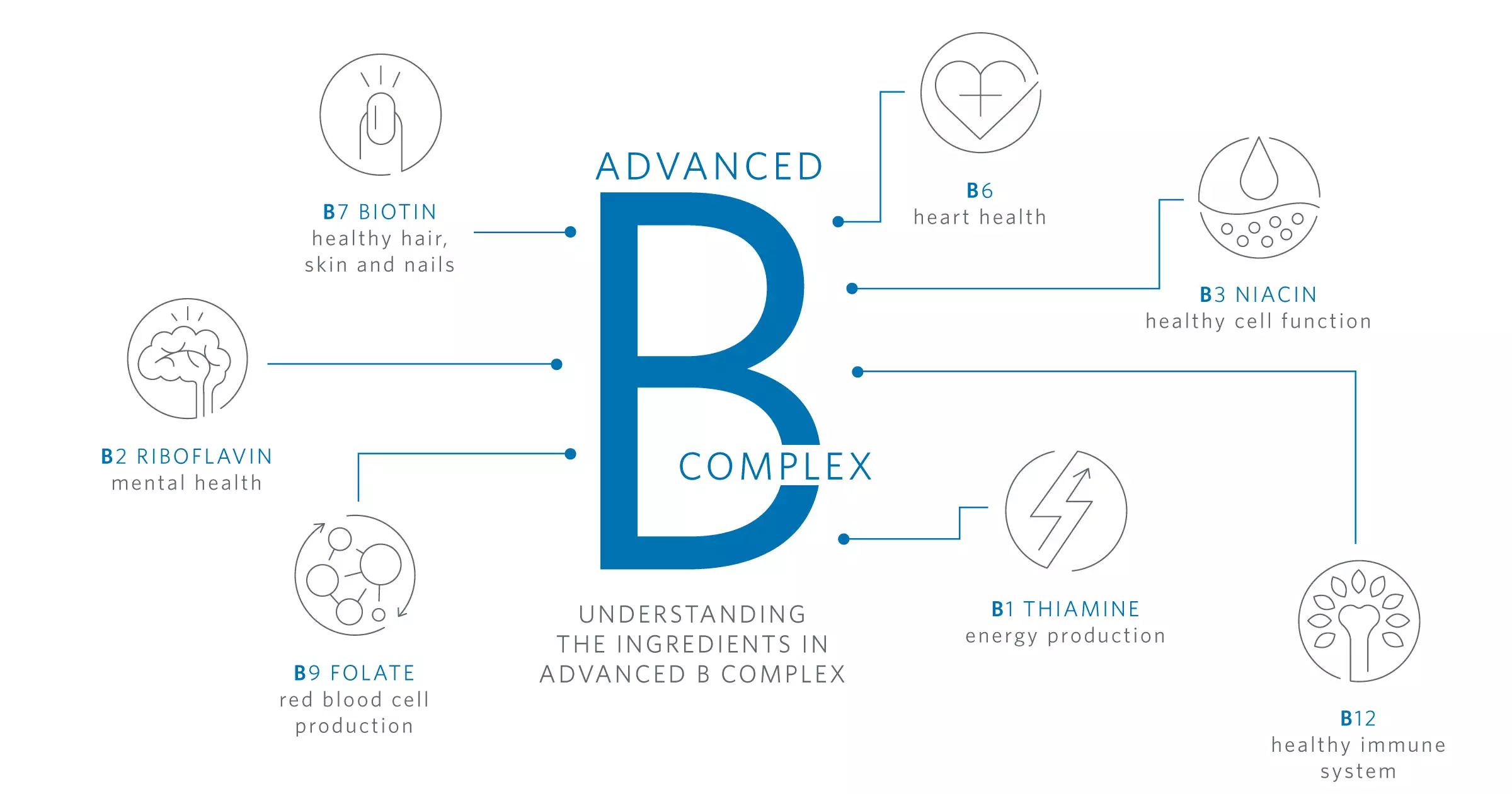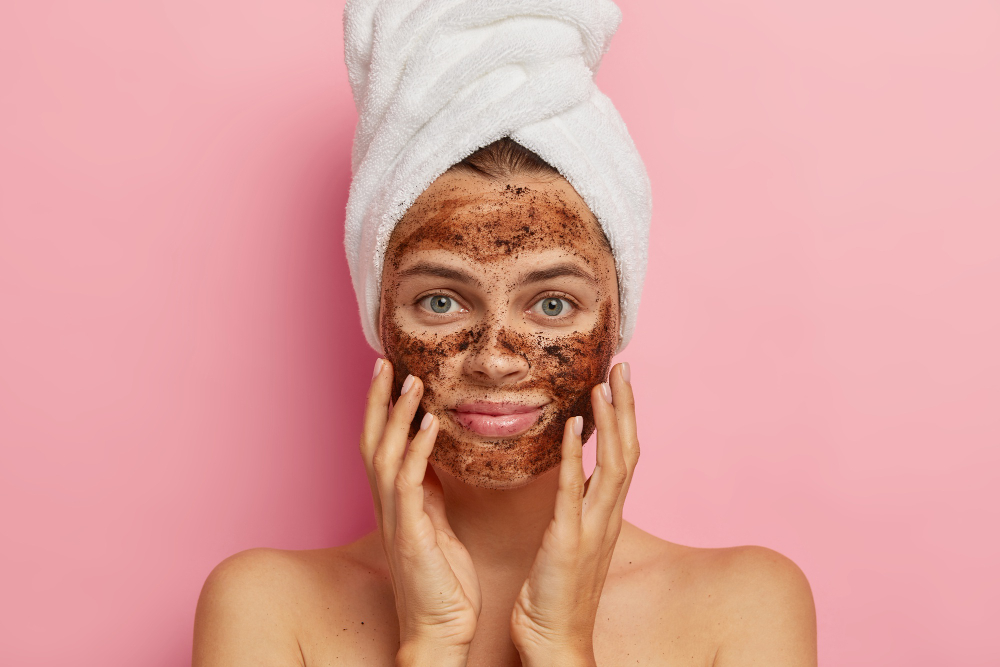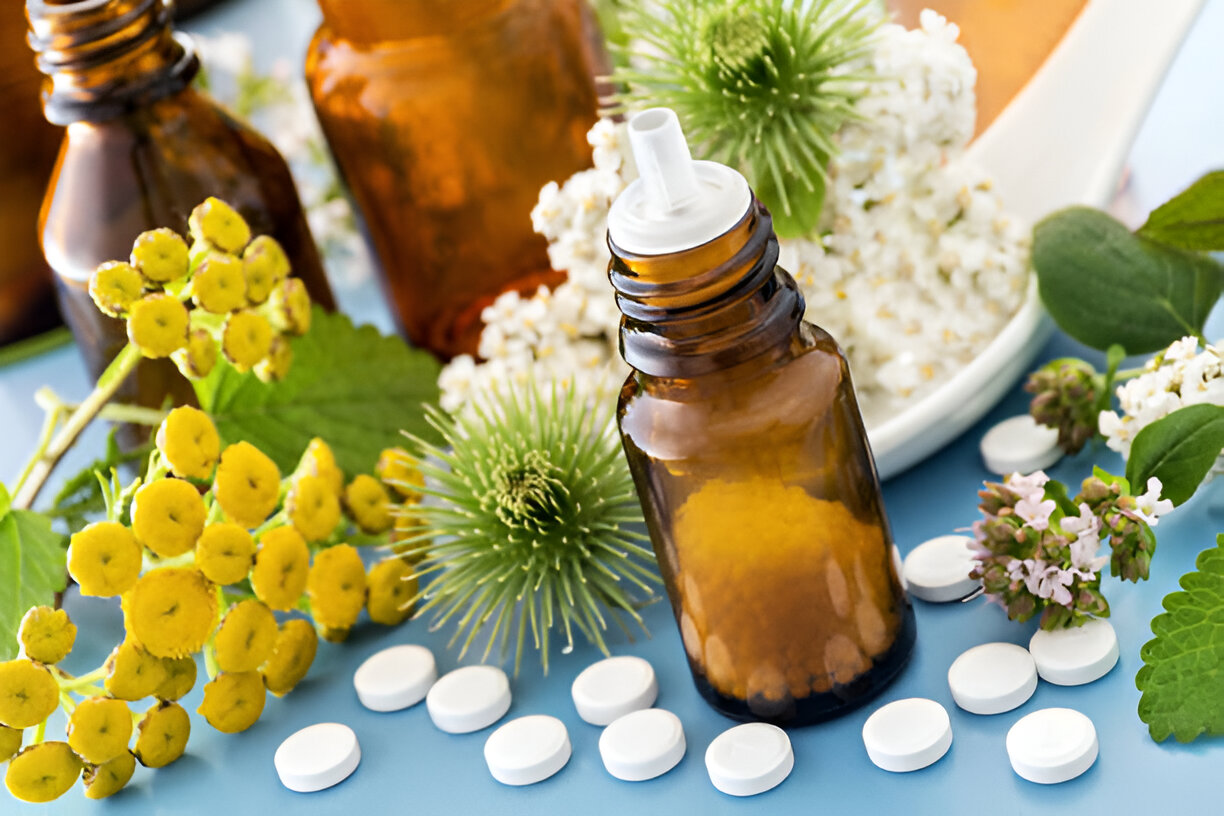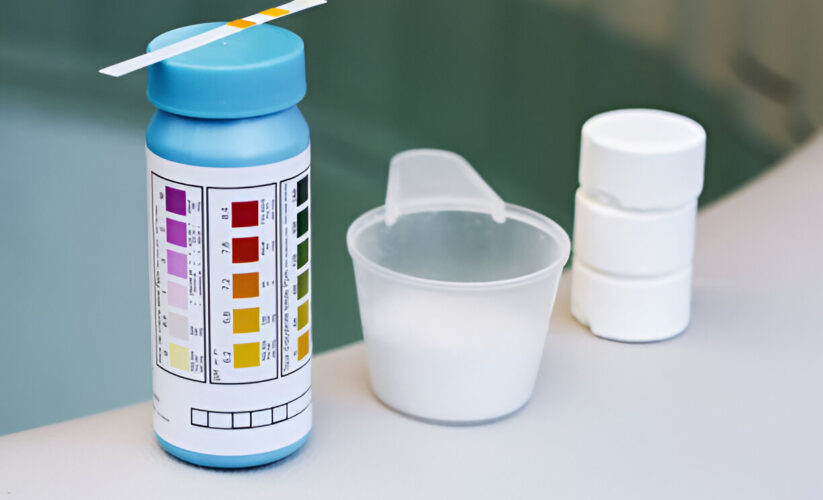
Tap Water: The Last Taboo
by Rebekah Grossman
Chlorine: a greenish–yellow, poisonous, gaseous chemical element with a disagreeable odor, used in the preparation of bleaching agents, in water purification, in various industrial processes, as a lung irritant in chemical warfare, etc.
–Webster’s New Universal Unabridged Dictionary, p.317When I read this definition of chlorine I took a double take. A flood of images passed through my mind–the burning feeling in my throat and lungs that has made me cough and gasp when I’ve held a bleach–filled measuring cup too close to my face, the swimming pools I’ve done laps in until my eyes burned red. But it was the juxtaposition of the words “purification” and “Warfare” in the definition that really jolted me. I pictured the glass after glass of tap water I’ve drunk, cooked with and bathed in. I knew that the municipal water I drank contained chlorine–what kind of warfare was going on within my own body when I drank sometimes 8 glasses of tap water a day? To answer this question, I started researching chlorine and its use in municipal water supplies, particularly in Baltimore’s tap water. This is what I found.
Part I: Chlorination.
An On–Going Investigation into Baltimore’s Tap WaterIn the form of “mustard gas,” chlorine was originally used during WWI to kill people–our enemies, of course. Hitler also used chlorine gas to kill victims in the infamous “showers” in his death camps. In fact, recent research has shown that the chlorinated chemicals released by industries are responsible for the depletion of ozone in our atmosphere. It’s not surprising that chlorine is also effective in killing bacteria and viruses.
Baltimore began chlorinating the public water supply in 1910 to combat the devastating death toll and crippling from waterborne diseases such as typhoid and polio then prevalent across the United States. We are now required to chlorinate our tap water by the EPA. Chlorination successfully combated many waterborne diseases, but unwittingly it lay the groundwork for a whole new set of problems.
Chlorination works much the same way as the Kamikaze system of attack works–the chlorine molecules beeline for the bacteria like tiny bombers, and when they make impact with the bacteria, they blow themselves up as well as their enemy. However, in order to operate effectively, enough chlorine must be added to maintain a residual of chlorine molecules after all of the bacteria are killed. The Baltimore filtration plants generally add enough chlorine to maintain a chlorine residual of 1 part per million or 1 milligram per liter. It’s these residual chlorine molecules which have no disinfecting left to do that create problems.
Trihalomethanes (Chlorinated Compounds) And Cancer
When you taste and smell that swimming pool ambiance while drinking tap water, you are noticing the effects of residual chlorine. Unfortunately, though, a slightly disturbing taste is not the real problem with chlorination, though it is the most obvious effect. Actually, Baltimore’s tap water has a reputation for good odor and taste, so people tend not to be suspicious of it. According to Richard Kolish, Lab Administrator in Charge of Water Quality for Baltimore City, the good taste of Baltimore’s water is due to a low mineral context in the raw water supply. However, the most dangerous effects of chlorination give no warning to your taste buds or your nose.
Residual chlorine molecules react with otherwise harmless organic material, such as decaying leaves, present in the raw water supply, creating a group of chlorinated chemical compounds called Trihalomethanes (THMs). THMs are tasteless and odorless, but they are not harmless. At this point, 2 THMs are considered human carcinogens, Chloroform and Dibromochloromethane, and Bromodichloromethane has been determined to be a mutagen, which means it alters DNA. Not only are mutagens considered potential human carcinogens, they threaten the genetic makeup of future generations.
According to Maryland Department of the Environment quarterly analysis sheets, all 3 of these THMs have shown up consistently in Baltimore’s tap water–Chloroform occurring in the greatest dosage. Industrial uses for chloroform include as a refrigerant, an aerosol propellant, and industrial solvent, a pesticide, and in the synthesis of fluorinated resins. In addition, 4 more potentially carcinogenic THMs: Carbon Tetrachloride, 1,2–Dichloroethane, Trichloroethylene, and Vinyl Chloride showed up in trace amounts on the 1988 yearly average sheet for Baltimore City’s tap water. Besides being carcinogens, many THMs have been linked with diseases ranging from central nervous system depression to liver and kidney damage.
Before chlorination, THMs were unknown in drinking water. They have likely been in our tap water as long as chlorination has been used as a disinfectant, and they will continue to occur as long as we use our present process of chlorination to disinfect our drinking water supply, says Gunther Craun, of the EPA’s Health Effects Research Laboratory, in a 1985 report, “Epidemiologic Studies of Organic Micropollutants in Drinking Water.”
Chlorine and Heart Disease
Crossing the virgin terrain and finding sufficient food and drink were once the major survival concerns of Americans. Today the wolf at the door is most likely to be heart disease. Most of us relate this solely to a cholesterol rich diet, but research is proving that the cholesterol may be only the sheep’s clothing. While cholesterol is definitely part of the heart disease problem, it has never been proven that high levels of cholesterol alone will give someone heart disease. Chlorine is suspected by many healthcare experts of being the actual wolf responsible for heart disease, the missing link between cholesterol and atherosclerosis–the condition of fatty buildup within blood vessels known as “hardening of the arteries” which leads to heart attack and stroke.
The chlorine hypothesis suggests that atherosclerosis occurs when chlorine from tap water reacts with cholesterol in food to form a gummy substance which adheres to artery walls, says Joseph M. Price, M.D., in his book Coronaries/Cholesterol/Chlorine. This substance accumulates in the arteries as long as chlorine and cholesterol–rich foods are combined in the diet, gradually impeding blood flow over a period of 10–20 years. If an artery which feeds the heart becomes totally blocked off in this manner, the result is stroke. If the same thing happens in the brain, the result is stroke.
What most of us don’t realize is that heart disease, the number one killer in America today, was virtually known before 1920 (the first documented clinical description dating to 1912) and did not begin significantly affecting mortality statistics until about 1930. We did not begin chlorinating water supplies until the late 1890s, and chlorine was not put into widespread use until around 1920. The lag time for atherosclerosis fits neatly into the missing decades.
Discharge Laws For Chlorinated Waste Water
Today, because of the chlorine content, Baltimore City tap water is considered “waste water,” not “water” when it is discharged into the waters of the State, says John Veil, Administrator of the Industrial Discharge Program for the State of Maryland Department of the Environment. According to permit requirements, in order to discharge chlorinated water—even if it is Baltimore City tap water that has been unaltered since it left the tap—companies must first dechlorinate the water.
“Theoretically, anyone discharging any amount of chlorinated water would need a permit,” says Veil. “Someone hosing down their driveway in municipal tap water where the water runs into a storm vent technically needs to have a permit. First, they would need a permit. Second, they would need to dechlorinate the water. Clearly though, this is impractical to pursue.”
Some of us might repent our unknowing, daily, illegal pollution of the ecosystem with chlorinated tap water while washing the car or rinsing out the barbecue grill, but let’s bring this closer to home. It is illegal to put any chlorinated tap water into a river which has a volume in the millions of gallons because the chlorine might harm the fish. However, it is legal to serve human beings glass after glass of chlorinated tap water each day, every day, all day long when the average adult body contains only 11 gallons of water. Fish may be different from human beings, but they should be to us what the canary was to the coal miner. When the canary died, the miners left the mine because they knew they were the next to go.
Government Regulation: Tell It To The EPA
For some reason water is not considered a food, so it is not monitored by the Food and Drug Administration (FDA). If it were monitored by the FDA, tap water would be illegal because, according to FDA policy, it is illegal to add known carcinogens to foods.
Instead, tap water policies are made by the Environmental Protection Agency (EPA) who turn the actual monitoring of the individual water companies over to the states. The Baltimore City Water Company reports to the Maryland Department of the Environment. Currently the EPA monitors tap water for 83 contaminants, although there are hundreds—and possibly thousands-of contaminants known to be in tap water.
Although neither the EPA, The Maryland Department of the Environment, nor the Baltimore City Water Company will deny that there are carcinogens and other contaminants in Baltimore’s tap water, they do not advertise or readily volunteer this information.
“If you call up and ask about lead, the red carpet comes out. You get all the information you want. They’ll even send you booklets. But when you ask about chloroform it’s like you just asked about crazy Uncle Harry in the attic. Everything shuts down,” says Len Simon, founder and president of New Castle Network, a local water information network. “A typical response from the Baltimore water company is, ‘Your water is perfectly safe. Your water meets or exceeds EPA standards,’ and that’s the beginning and the end of it all–unless you know how to ask questions. But the average guy does not know how to ask the right questions. So, if you don’t know how to ask and nobody volunteers, it’s kept secret. What they don’t tell you is that there are two standards–the Legal Standard and the Health Standard.”
Legal Standards Vs. Health Standards
The Health Standard is called the Maximum Contaminant Level Goal (MCLG). The Legal Standard is called the Maximum Contaminant Level. According to the EPA, “MCLGs are not non-enforceable health goals which are to be set at the level at which no known or anticipated adverse effects on the health of persons occur and which allows an adequate margin of safety. Maximum Contaminant Levels (MCLs) must be set as close to MCLGs as is feasible.” The EPA definition of what is feasible includes available technology and cost of implementation.
Baltimore City tap water definitely meets the EPA’s legal standards, but just as definitely it does not meet the health standards, the MCLGs.
To give you an idea of how far the legal standards can stray from the health standards, let’s look at chloroform. The EPA’s MCLG for any known or suspected carcinogen is usually zero. There are some cases where it is assumed that it would be very hard or even impossible to eliminate all of the carcinogen from the water supply, and these carcinogens are given MCLGs higher than zero. In either case, though, it is assumed that, above zero, the risk of cancer increases as the amount of carcinogens increase.
MCLs have not been set for individual THMs. Instead, there is only a MCL for total THMs which is 100 parts per billion (ppb). Thus, legally our drinking water can contain up to 100ppb of chloroform, while the health standard for ingesting chloroform is zero.
Parts per billion may not sound like a very large number, but 1 part per billion in a quart of water is equal to 1 followed by 15 zeros–or 1,000,000,000,000,000 molecules per quart. If you imagine each of these molecules as a bullet aimed at your body, you just might get loaded.
Monitoring Limitations
In addition to the discrepancy between MCLs and MCLGs, the Maryland Department of Environment monitors Baltimore City’s municipal water supply on a quarterly basis and determines if the city is in compliance with legal limits based on a yearly average. This means that the levels for THMs could exceed 100ppb during one quarter, and if it were below that during another quarter, the water could still pass, legally.
THM levels vary from season to season and month to month. In the late summer and early fall, there tend to be more THMs because there are more decaying leaves and other vegetation in the water and because greater amounts of chlorine are added to the water at these times since chlorine evaporates more rapidly in warmer weather, says William Parrish, Jr., Program Administrator of the Water Supply Program at the State of Maryland Department of the Environment.
What may not be evident from these quarterly analysis is that the THM levels in drinking water can vary widely from day to day and even hour to hour, and THM levels tend to be higher within the distribution system than they are at the filtration plant labs.
“The longer the water has been in the distribution system, the higher the THMs become because of the repeated rechlorination throughout the distribution system, ” explains Parrish.
Thus, tap water that measured 20.1ppb total THMs on February 21, 1988, at the Montebello filtration plant lab might have actually measured higher when it came out of the tap at your home. When the total THMs increase, the concentration of Chloroform increases dramatically. (Samples taken from within the distribution system are marked on Table 1 with an asterisk. Unmarked samples were taken from filtration plant labs.)
In addition, while water company officials and Baltimoreans alike will sing about Baltimore’s tap water being the best in the nation, this turns out to be untrue. According to the National Reconnaissance Survey launched by the EPA in December of 1974, while the averages for Bromodichloromethane and Dibromochloromethane in Baltimore’s tap water are in the range for the national tap water averages for these chemicals, the national median concentration for Chloroform is 21ppb while Baltimore’s tap water averages 40-50ppb of Chloroform.
Multiple Routes of Exposure
A final consideration is that drinking is not the only way we get dangerous chemicals from tap water into our bodies. THMs belong to a group of man-made chemical solvents called Volatile Organic Chemicals (VOCs). The word “volatile” signifies that under ordinary conditions these chemicals can turn into gases (evaporate). When VOCs evaporate, they do not just disappear–we breathe some of them in and the rest rise into the earth’s atmosphere. In addition, the VOCs easily permeate our skin.
While the average person drinks and cooks with about 1/22 gallon of tap water a day, in a shower we are exposed to 5-7 gallons of water per minute. The hotter the water and the longer the distance from the shower nozzle to the drain, the more VOCs evaporate. While we bathe our bodies in water, we bathe our lungs and skin in THMs and the ozone layer in ozone-destroying chlorinated chemicals!
To Chlorinate Or Not To Chlorinate
Chlorination is not our only choice for disinfecting our drinking water supply. There are alternatives Baltimore could investigate. However, according to Richard Kolish, at the present time, Baltimore City is not putting any time or money towards researching alternative disinfection processes to chlorine.
“The issue has come up from time to time, and we have considered alternatives to chlorination, but because the MCL for total THMs has not been lowered, there is no need to change the chlorination process. But if it were to happen that the EPA would lower the MCL for total THMs, we would do a lot more, of course-whatever was necessary to met the MCL,” says Kolish. “When the regulations do change, we will change the processes to meet the regulations and thereby there is no unnecessary expense to the consumer. Let’s say they never did change the MCL–that would be money wasted that could be used for some other worthwhile city project.”
On a recent WJZ-TV 13 special report, “What’s On Tap,” Bob Beringer, Howard County Utilities Chief addressed the possibility that the EPA might lower the MCL for Trihalomethanes to 50. “Would we be able to meet the 50?” asked Beringer. “I would image we would be able to, but of course our treatment costs would go up which therefore would be passed on to the customer. So, it becomes a question whenever we struggle with the EPA, ‘Is it worth the cost or not?’ ”
While lowering the MCL for THMs to 50ppb would be a step in the right direction, the only truly safe step would be to eliminate THMs altogether. Would it be worth the cost? Could money spent to eliminate mass exposure to carcinogens be considered “wasted”? Clearly technology is not really the problem. The problem is whether we are willing to make safe tap water a top priority. The problem is that, by not adequately informing us about what’s wrong with our tap water, the authorities in charge of our tap water have not given us a choice.
The responsibility falls on individual consumers to demand that the EPA enforce stricter regulations and that the EPA, State Department of the Environment, and the Baltimore Water Company publicly announce and keep us informed of new findings about the potential health threats from drinking water. Once we have been informed, the responsibility falls back on us to become involved in making our tap water safer.
The 1989 State of the States report says, “A recent EPA study projects a funding shortfall that will deepen each year. By the mid-1990s states will need more than $300 million annually in additional revenue in order to maintain their current programs and meet new requirements set by Congress in recent amendments to the Safe Drinking Water Act.” (p.18) Given these figures, it is very likely that costs for completely upgrading the treatment of Baltimore’s tap water-not to mention repairing the more than 3,100 miles of 70+ year old water mains in the distribution system-would be too vast to fix rapidly or simultaneously. Until these needs can be met, carpe dium-let the buyer beware-and more to the point, let the buyer protect him or herself.
What You Can Do: Short-term Answers
The different home purification devices available on the market include: Distillation units, Reverse Osmosis until(RO), and Loose and Solid Block Activated Carbon Filters. In addition, it’s common to use a Solid Block Carbon Filter with either a Distillation or RO unit. Different home purification devices eliminated different impurities from water and work best under different conditions. Some remove all or almost all impurities while others remove a more limited spectrum of impurities. Once you know what’s in your water, you’ll be best equipped to choose equipment that can remove those impurities. For a description of the various types of purification equipment and processes see our sidebar.
This sidebar includes a brief listing of some of the local distributors of home purification devices and bottled water for your convenience. Other places to check are your phonebook and your local healthfood store or food market.
Bottled water
The different types of bottled water suitable as tap water alternatives can be broken down into 3 basic categories: distilled, spring, and purified.
Bottled water is not regulated by the EPA if it is distributed only within the state of its origin. It is monitored by the FDA if it is distributed across state lines. The FDA, however, goes by the EPA’s legal standards for regulating tap water. What it all boils down to is that, in some cases, the water you buy at the supermarket may only be as good as, or could even be worse than, the water at your tap.
The best thing you can do before buying bottled water from any company is to call or write them and request information about their product. This information should indicate the source of their water, any purification processes or additives they use, and an analysis of the impurities in the water.
Also, remember that if you choose unrecycleable plastic containers you are only contributing to the nation’s already out of hand landfills. Also, the danger from plasticides could outweigh any possible benefits from using bottled water in the first place.
Costless Options
Unfortunately, many Baltimoreans can’t afford these alternatives even if they want to. As Richard Kolish notes, “In a sense we have a monopoly. Baltimore City provides a public service. People have to drink our water…Most of the people can’t afford the expense of bottled water.”
If you don’t have the money to buy a home purification device or bottled water you still have options. The following are things anyone can do to make their tap water safer:
- 15 minutes in a blender with the lid off will cause 90% of VOCs to evaporate. If you don’t have a blender, wisk your water in a bowl with a spoon. Remember, once these chemicals become gases, you can inhale them, so make sure you do this in a well-ventilated room.
- If you know your water is low in lead, boiling it for a few minutes will evaporate 90% of the VOCs. Because lead is a heavy metal, it will not evaporate and you will only increase its concentration by boiling. While you started with 50ppb of lead in an unboiled liter of water, after boiling you will have 50ppb of lead in 1/2 liter of water.
Home Purification Equipment*
There is a variety of home purification equipment which you can install in your home to treat incoming tap water and make it safer. Below we have listed three of the most common systems available for home use. There are other systems available. In addition, systems can be used in combination to increase effectiveness. Consult a distributor for more information.
Solid Block Activated Carbon Filters
Activated carbon is charcoal which has been burned in the absence of oxygen. This process creates crevices in the carbon which trap contaminants when water is passed through the activated carbon filter cartridge. Effectiveness varies greatly depending on types and quantity of contaminants and the age of the filter. Counter-top point-of-use models take up little space and are relatively inexpensive. In addition the cartridges are inexpensive and easy to replace. Larger point-of-entry models are also available to treat a whole household’s water supply. These large models remove many organic compounds that can be absorbed through the skin.
Overall, solid block activated carbon filters do not remove as broad a spectrum of contaminants as RO or distillation. In addition, to operate most effectively, the filters need to hold the water for approximately 7-18 minutes. Most household filters hold the water for less than one minute. Finally, with these filters new water must be passed through the old contaminants, lowering the effectiveness if the filter is not properly maintained. Filters must be replaced periodically and you cannot know when it is saturated without testing. Once the filter is saturated, it cannot remove contaminants from the water an can actually start to release contaminants. [Note: Solid Block Activated Carbon Filters are not the same as Activated Granular Carbon Filters. The latter contains loose granules through which water, which always seeks the path of least resistance, can make a pathway without being filtered. We recommend granular systems as a finishing filter only, to be used in conjunction with other methods to improve taste and odor.]
Reverse Osmosis (R.O.)
With Reverse Osmosis, water is forced under pressure through a synthetic, semi-permeable membrane. Larger contaminants are flushed past the membrane down the drain. In this way, pure water is actually removed from water containing a high degree of total dissolved solids (t.d.s.). Kidneys are a perfect example of an R.O. system. The principle behind R.O.s is essentially the opposite of how plant life takes in water (osmosis), hence its name.
R.O.s are highly effective in removing a broad range of contaminants, however the effectiveness varies depending on the type of contaminants. They do not require electricity and are easily installed by the home owner. R.O.s do require high water pressure, though, to be most effective, so you must determine if the water pressure in your home is sufficient. Also, the effectiveness of the R.O. system decreases with wear and the somewhat expensive membrane needs periodic replacing. Again, it is impossible to know when the membrane needs replacing without periodic testing. R.O.s are impractical for non-home owners because the plumbing under the sink and the sink area itself must be modified. Also, R.O.s have many plastic parts which plastic sensitive individuals might want to avoid. Finally, for conservation minded individuals, 7-12 gallons of higher density water are flushed down the drain to bring 1 gallon of filtered water to your tap.
Distillation
In distillation, water is boiled creating steam which is collected and condensed into highly pure, distilled water. Heavy impurities remain in the boiling tank and are drained later (automatically or manually, depending on the system). With distillation you loose only a small amount of water due to evaporation and virtually all contaminants are removed.
Distillers are available both in small, counter top models and in large, 10 gallon storage systems that are as completely automatic as a hot water heater. Either model requires very little maintenance and the user can do this maintenance themselves without professional assistance. The smaller models don’t require permanent hookup and are portable. Stainless steel models can last 15-20+ years. Glass units are vulnerable to damage and may be impractical for households with children or pets.
The initial investment in a distillation unit is the most expensive of the 3 options listed here and they do require electricity to run. Emergency campfire units are available, however.
*Compiled with the aid of Bruce Doerr.
Local Organizations That Offer Alternatives
Home Purification Equipment
- A Best Water Distributors. Parkville. 668-7233. C,RO,D,WT.
- Aqua-Flow Inc. Baltimore. 488-4357. C,RO,D,WT.
- Aqua-Pure. Eldersburg. 549-2635. C,RO,D,WT.
- D & W Hardy, Distributors. Baltimore. 792-8302. C.
- For Your Health Products. Chevy Chase. 654-1127. C,RO,D,WT
- Walsh & Associates, Hampstead. 374-2982 or 239-3196. C.
Code: C=Solid Block Activated Carbon Filters
RO=Reverse Osmosis,
D=Distillation System,
WT=Offer Water Testing.Bottled Water
- Aqua Cool. Elkridge. 796-1555. P,HD.
- Ephrata Diamond Spring Water Co. Ephrata, PA. 666-5246 (Balto.), D, S, G, RP.
- Mountain Valley Water, Inc. Annapolis Jct. 792-4733
- (Balto.),953-3913(DC). S.
- Pure Montain Water. Forestville. 1-800-342-5420. D,S,G,HD.
- Snow Valley Water Co. Annapolis. 841-5377. D,S,G.
Code:
D=Distilled,S=Spring,P=Purified
G=Glass bottles,
RP-Recycleable Plastic bottles,
(Otherwise they use plastic)
HD=Home Delivery.






